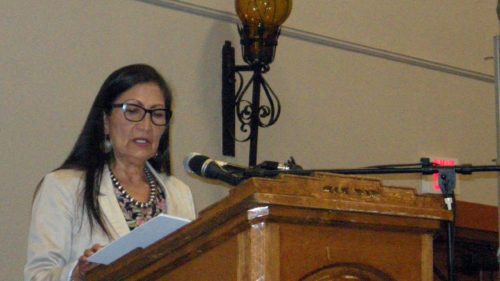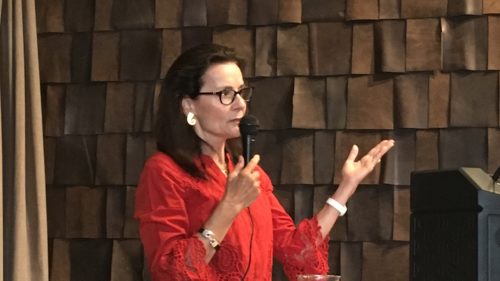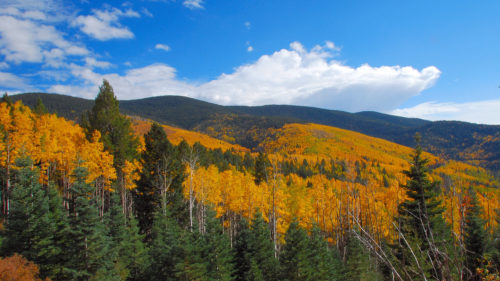In 2016, the Obama Administration issued a series of regulations designed to protect predators on wildlife refuges in Alaska. As a recent article in Futurism makes clear, the United States House and Senate have voted to overturn these regulations under the banner of “state’s rights.” The Trump Administration has made it a priority to roll back many of the regulations passed in the last 8 years, and have taken the position that over regulation infringes on Americans freedom. In some cases this is true, but in the case of regulations that protected Alaska’s predators on 77 million acres of wildlife refuges, rolling back these regulations does more to hurt Alaska (and all hunters) than it does to help.
The Obama-era rule specifically prohibited hunting for predator control, which refers to killing predators in order to protect another species. Wolves, coyotes, and other meat eaters feed on ungulates such as deer and moose, which many Alaskans rely on for food. In making its rule, Fish and Wildlife Service argued that Alaska law had erred in prioritizing the population of these ungulates by allowing hunters to kill too many of their predators.
Overturning these rules will reopen “aggressive hunting” practices of Alaska predators. Aggressive hunting can include shooting animals from aircraft and killing animals in their dens (even while sleeping or hibernating). However, in overturning the rule, the Trump Administration has reopened predator trapping in these areas. Aerial hunting and killing animals in their sleep flies directly in the face of the North American Model of Wildlife Conservation and serves to potentially upset the delicate predator/prey balance in the hostile Alaska ecosystem. Allowing these practices violates the basic sportsmen’s rule of ethical, fair-chase hunting, and could have serious impacts on subsistence hunters in Alaska.
However, the Trump Administration’s action would also reopen trapping. Although highly controversial, the practice of trapping plays an important role in the livelihood of many Alaska Natives, who hunt hold subsistence hunting rights. Additionally, trapping is an essential tool in the hunter’s task of catching any particular animal. Much like other forms of hunting, it is meant to curtail the extreme growth of a population, and in most cases it allows for that population to remain at a constant state, with no negative or positive gain in numbers.
While the Obama-era regulations may have come from a place of protection, it unilaterally disadvantaged Alaska’s trappers (both Native and non-native). In overturning the rule, the Trump Administration is throwing out the baby with the bathwater. There is no place for helicopters and mass slaughter in the North American Model or in an ethical sportsman’s vocabulary. Fixing the rule is required, but throwing it out is a step too far. On this regulation, a scalpel may be a better tool than a machete.



